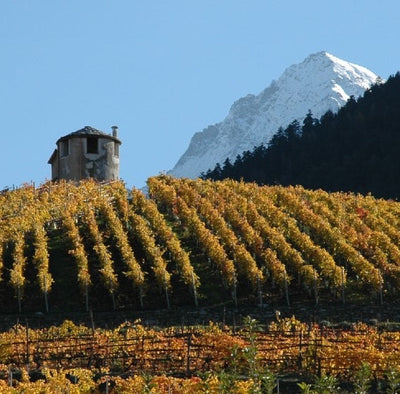54 products
-
New

High altitude vineyards are grape-growing areas located at significant elevations, typically above 1,000 meters (3,280 feet). These vineyards benefit from unique climatic conditions that influence the quality and characteristics of the grapes. Key features include:
54 products
New
We send private discount often!
Search our store

We've added a free gift to your cart.
The free gift has been removed as your cart no longer qualifies.
You now qualify for a free gift with your order.
Total add-ons:
Created by EasyFlow Product Options
